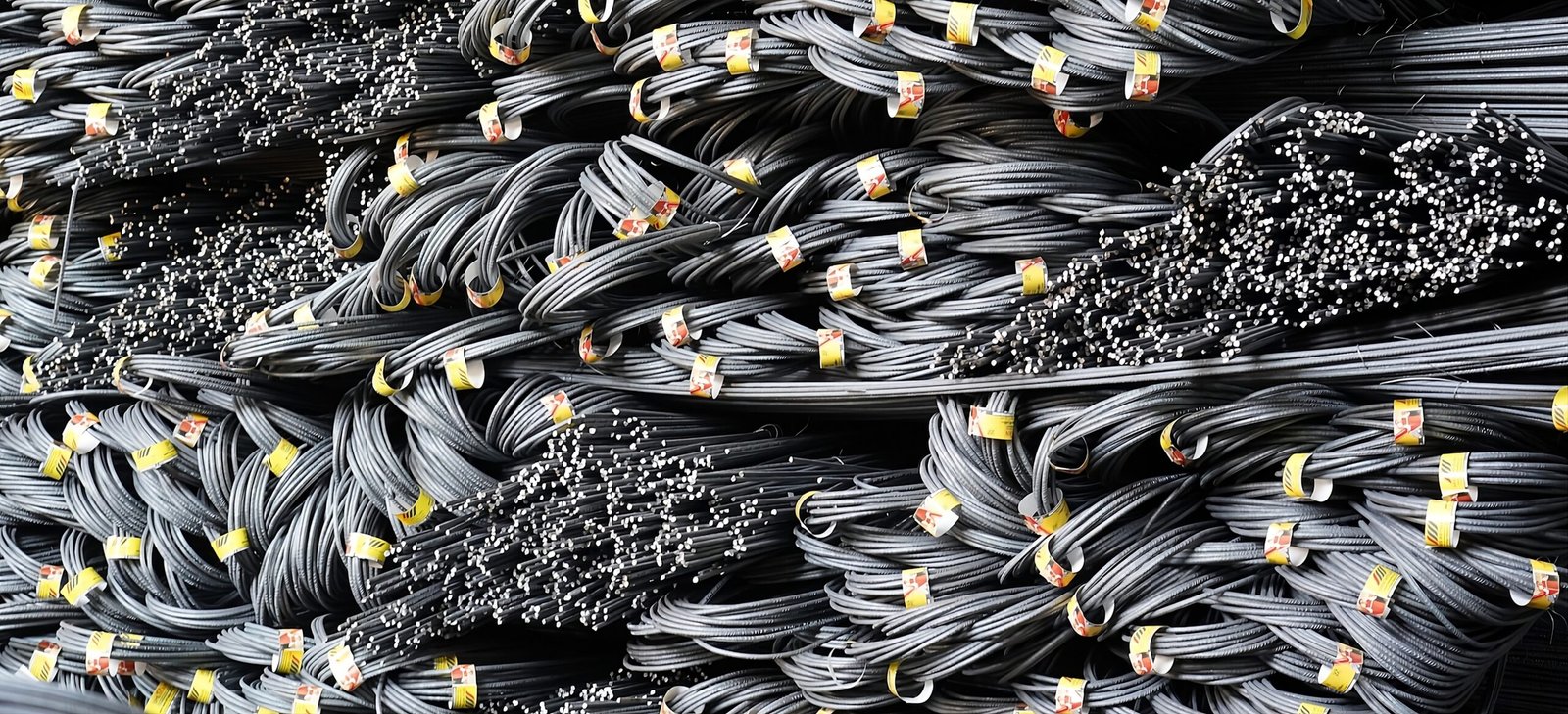In modern construction, the demand for smarter, safer, and more adaptable foundation solutions continues to rise. Urban environments, tight spaces, and complex ground conditions often create challenges that traditional piling methods cannot easily overcome. As a result, advanced techniques like Restricted Access Piling and CFA Secant Pile Wall systems have emerged as vital solutions for projects where space, noise, and vibration limitations must be carefully managed. These innovative methods ensure the stability of structures even in the most difficult locations, enabling engineers and builders to work with precision and confidence.
Understanding Restricted Access Piling
Restricted Access Piling is a specialist technique used when working in confined areas where large piling rigs cannot operate. These may include basements, existing buildings, tunnels, bridges, or urban sites with limited headroom and working space. The method involves using smaller, compact piling rigs that can maneuver into tight locations while still delivering the required load-bearing capacity.
The beauty of Restricted Access Piling lies in its flexibility. It allows engineers to install piles with diameters and depths comparable to those achieved with conventional rigs, but in environments previously considered inaccessible. This makes it ideal for projects such as building extensions, underpinning existing foundations, or working beneath overhead structures where headroom is minimal.
Additionally, the method is designed to minimize disruption. By reducing noise and vibration, it becomes a preferred option in sensitive environments such as hospitals, schools, and residential areas. In many cases, this approach also helps avoid costly demolition or site clearance, allowing construction teams to preserve existing infrastructure while still reinforcing the ground beneath it.
The Role of CFA Secant Pile Wall in Modern Construction
The CFA Secant Pile Wall method is another essential innovation that addresses the growing need for stability and efficiency in foundation engineering. CFA, or Continuous Flight Auger piling, involves drilling with a hollow-stem auger and filling the borehole with concrete as the auger is withdrawn. When combined with the secant pile wall technique—where overlapping piles form a continuous wall—this method provides exceptional strength and groundwater control.
CFA Secant Pile Walls are particularly valuable in deep excavations, retaining walls, and basement construction. They are designed to resist both earth and water pressures, ensuring that underground structures remain dry and stable even in challenging soil conditions. Moreover, this method produces minimal noise and vibration, which is vital for projects carried out near existing buildings or infrastructure.
The precision of this system also allows for customization. Engineers can alternate between hard and soft piles to create the perfect balance between structural strength and permeability control. In many cases, reinforcement cages are inserted into selected piles to further enhance the wall’s load-bearing capacity.
Comparing the Two Techniques
While both Restricted Access Piling and CFA Secant Pile Wall methods serve different purposes, they share common benefits. Each technique is designed to provide stability in restricted or sensitive environments, reducing noise, vibration, and disruption. Restricted Access Piling focuses on overcoming spatial limitations, while CFA Secant Pile Walls excel in deep excavation and retaining structures.
In combination, these methods offer a complete solution for complex urban projects. For example, Restricted Access Piling can be used to install foundation piles within a constrained building site, while a CFA Secant Pile Wall provides lateral support around the excavation. Together, they ensure that construction proceeds safely and efficiently, even in the tightest spaces.
Applications and Advantages
The use of these piling techniques extends across various sectors of construction. They are frequently employed in:
- Basement and substructure works for new developments
- Underpinning existing buildings during renovation
- Infrastructure projects such as tunnels and bridges
- Coastal or riverfront developments requiring strong retaining walls
Key advantages include reduced environmental impact, flexibility in design, and the ability to operate in noise-sensitive areas. Additionally, both techniques contribute to faster project timelines, as they minimize the need for large-scale excavation and support rapid installation with high accuracy.
Conclusion
As cities continue to grow vertically and horizontally, construction engineers must innovate to meet complex site challenges. Techniques such as Restricted Access Piling and CFA Secant Pile Wall are transforming the way foundations are designed and built, providing safe, reliable, and environmentally friendly solutions for modern infrastructure. By combining advanced engineering with practical adaptability, these systems allow construction to move forward even in the most constrained or sensitive environments. The result is a future where strong foundations are no longer limited by space, noise, or access—but instead defined by precision, efficiency, and innovation.





Leave a Reply